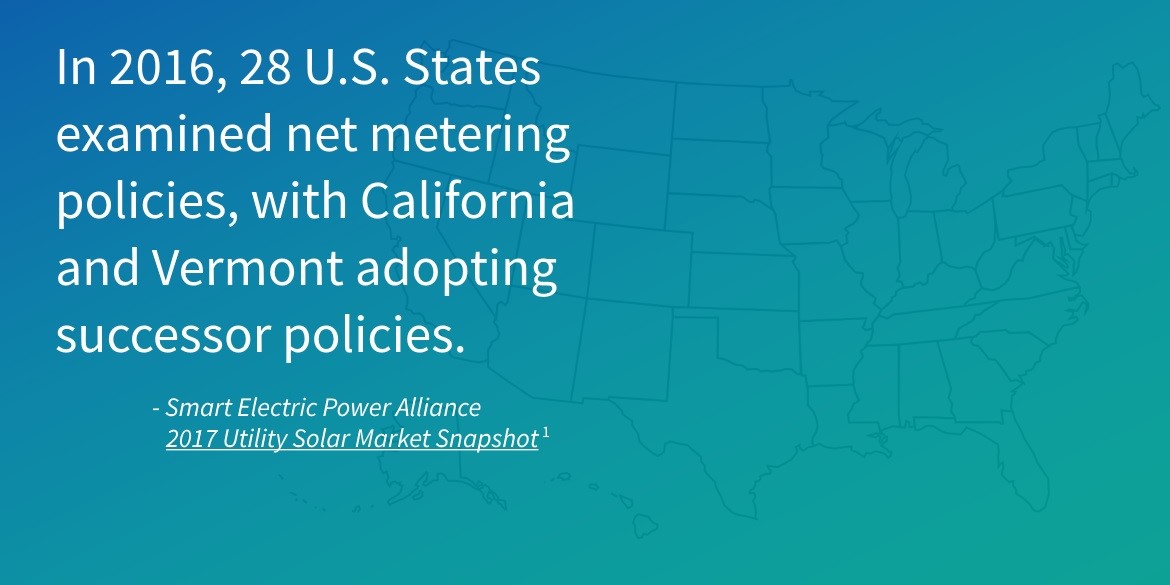As net energy metering (NEM) evolves across the U.S., utilities are facing the challenge of meeting new successor tariff requirements related to application data collection, communication, performance, online payments and more. That transition can be tricky, particularly if the utility needs to keep current applicants informed about pending changes. These changes could include a project’s eligibility for NEM, or additional requirements that may be necessary to apply under the successor tariff.
There are several keys to successful tariff transitions, including:
- Providing transparency to applicants – Participants need to be informed when a NEM program is nearing a date or capacity cap that will trigger a new tariff, and if an application status changes.
- Planning ahead for the new tariff – Utilities need to configure new processes that incorporate successor tariff requirements—all while continuing to accept and process NEM applications.
- Migrating smoothly from NEM to successor tariffs – Impacted applications need to be migrated from one program to another seamlessly, and each participant needs to be notified of the status of their project.
PowerClerk® takes the pain out of tariff transitions by making the process transparent and smooth for applicants and utilities.
Southern California Edison’s Experience Transitioning from NEM
When Southern California Edison (SCE) was transitioning to NEM 2.0, California’s NEM successor tariff, it took advantage of PowerClerk’s flexible self-service features to make the process seamless. As the transition neared, SCE cloned its NEM 1.0 program within PowerClerk, then modified it to meet NEM 2.0 requirements, which included new time-of-use rates and application fees. The new program was set up, tested and ready approximately three months before the California Public Utilities Commission deadline.
At the time of transition, all in-process projects that didn’t qualify for NEM 1.0 were transitioned into the SCE NEM 2.0 program within PowerClerk. All affected applicants were informed of the change via email messages sent automatically from PowerClerk. SCE also used PowerClerk’s formula and ePayment features to automatically calculate new application fees based on system capacity, and collect those fees electronically.
PowerClerk provided SCE the tools needed to facilitate a smooth transition—both for SCE’s internal teams, and for applicants, who were informed at each stage of the transition process.
Interested in learning more about how PowerClerk can facilitate a smooth NEM successor tariff transition? Read the article, “Prescription for avoiding angry customers as net energy metering caps approach.” Or contact us to request a demo.
